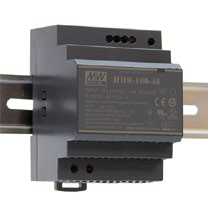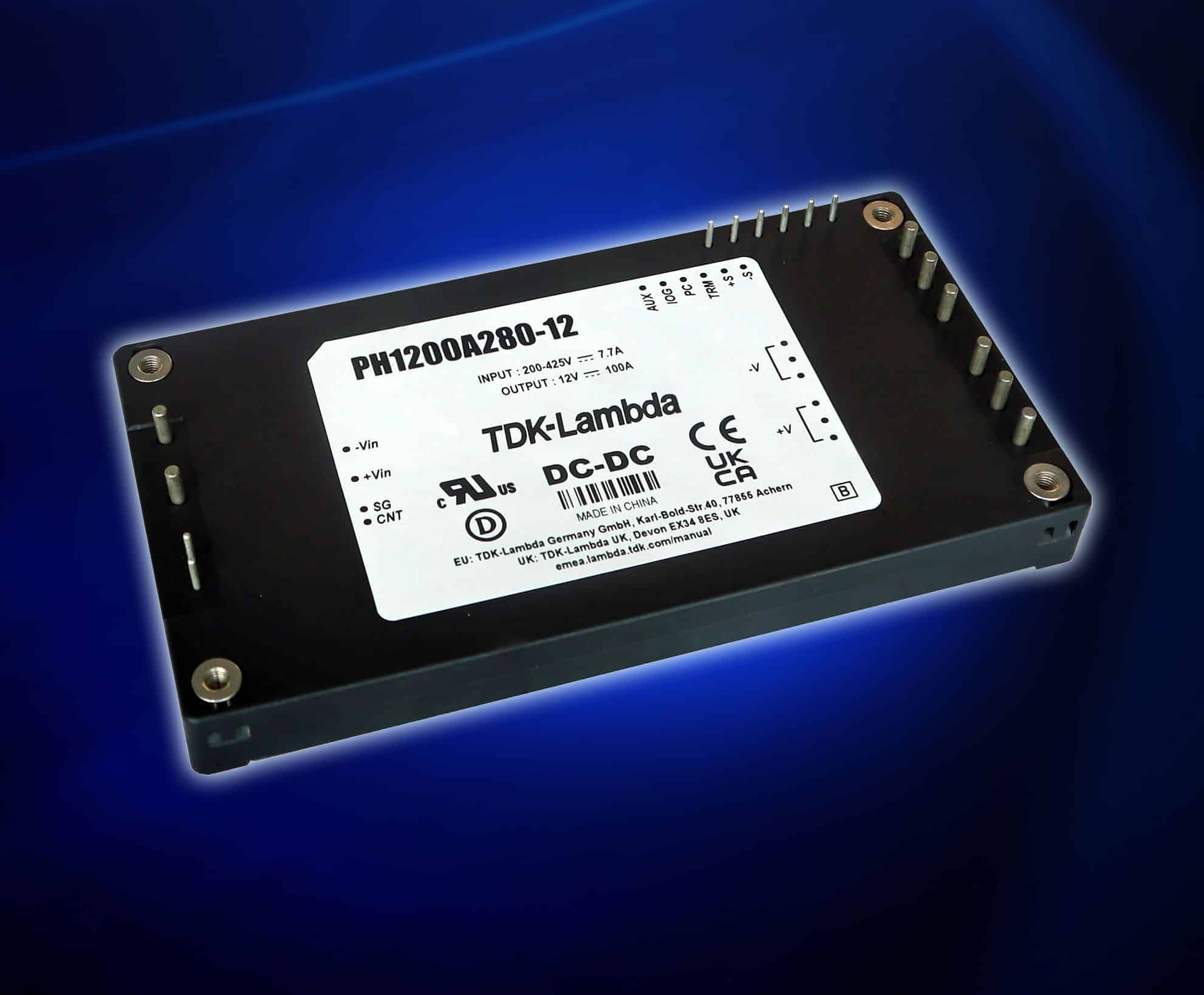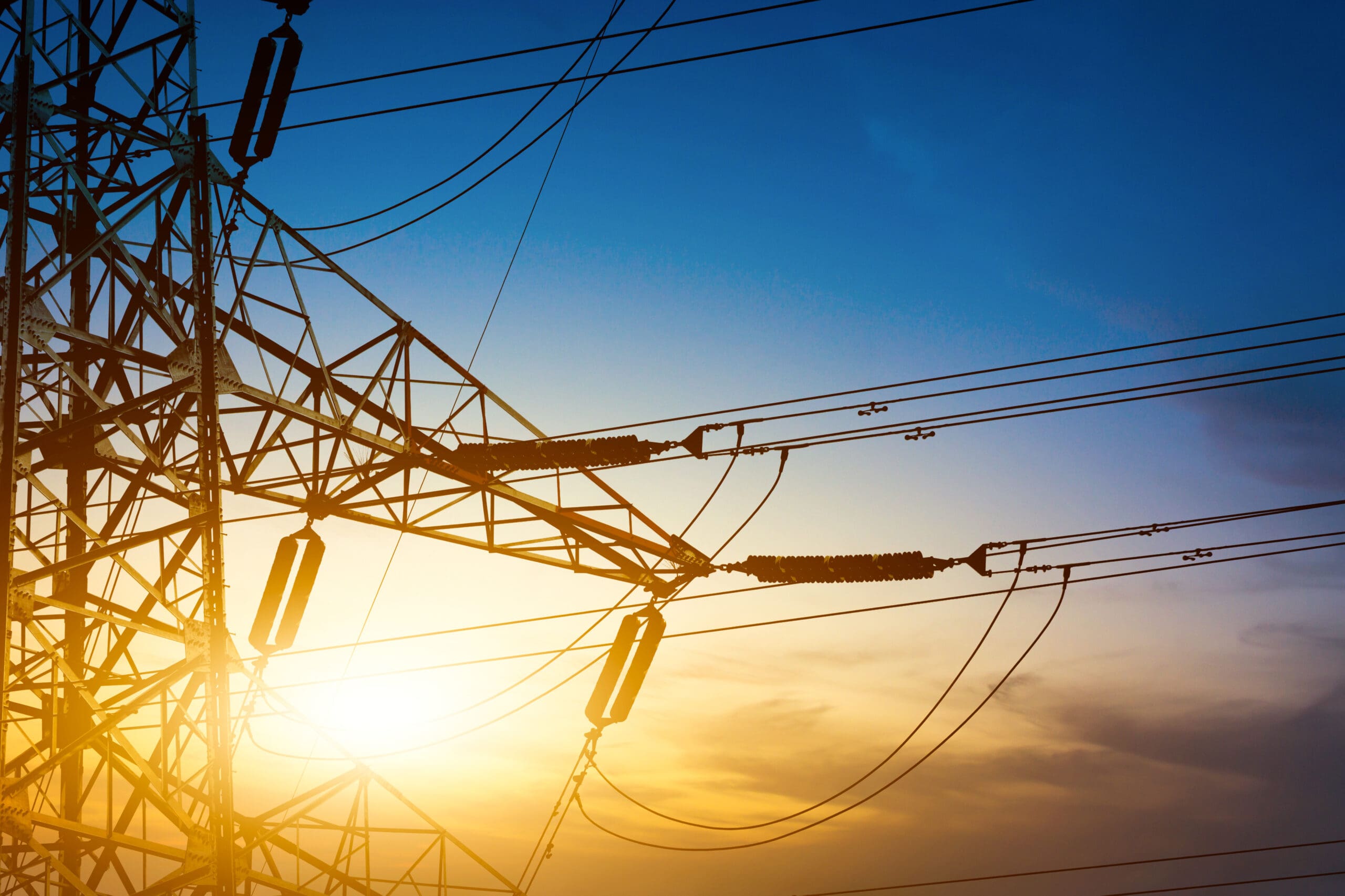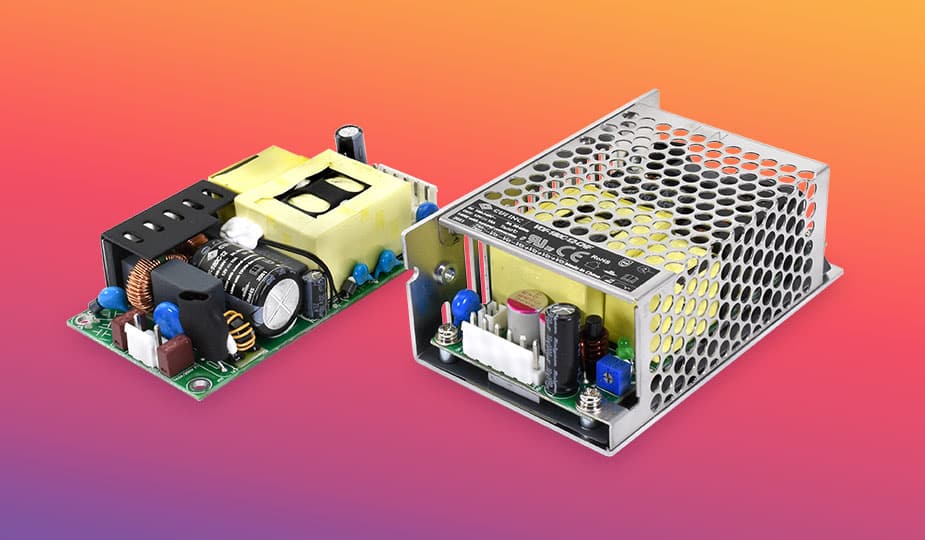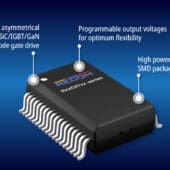Protection against overvoltage is used for devices powered at low voltage <1000Vac, normally connected to the electrical network. This concept can also be used for equipment connected to other systems, such as telecommunications or data processing systems. The category against overvoltages (OVC, Over Voltage Category) is used to classify the devices against overvoltages produced by electrical disturbances (unstable network, lightning, etc.) and determine where they can be installed. The idea is to ensure that a transient voltage at the input of a device cannot pose a risk at its output or secondary that could put people or connected devices at risk. Depending on the application and location of the equipment, it needs to comply with a different level of protection. Most power supplies are designed according to the EN60950 safety standard (which will be replaced by EN62368-1 on December 20, 2020) with a level II protection against overvoltages. Currently there is a growing demand for power supplies with OVC III protection level especially for industrial and automation applications. In this article we try to describe the possible benefits and needs of using equipment with an OVC III level.
Overvoltage Protection Classification
According to the standard IEC 60664-1(2007) Coordination of insulation of equipment in low voltage systems (networks). Part 1: Principles, requirements and tests: Equipment with protection category against level I overvoltages is equipment to be connected in circuits in which measures have been taken to limit overvoltages to a low level. These measures must ensure that any possible temporary overvoltage cannot exceed the limits of table 1. This equipment cannot be connected directly to the electrical network. Level II equipment is equipment that goes in fixed installations. Usually household appliances, portable equipment and similar devices. This equipment is connected to a conventional outlet in a home or factory according to figure 2. If this equipment needs special measures in terms of reliability or availability, it must be category III. Category III equipment can be installed in fixed installations with special reliability or availability requirements or directly in a distribution panel, that is, not directly connected to a conventional network outlet but inside an electrical panel. Category IV equipment goes to the origin of the electrical installation. Typical applications are electrical, magnetothermal and differential meters.
Table 1 shows that for a category III equipment we need a capacity to withstand over voltages of 4000V, considering a 230Vac power supply, the usual one in Europe, while to have the same level in North America they only need to support 2500V if the power supply is 120Vac. This indicates that a power supply that meets the requirements of one category for Europe can meet a higher level for North America. We must clarify here that the protection level indicated above on voltages in the table is not equivalent to the insulation data that we normally find in power supplies, although there is a mathematical relationship of √2 between the two. In other words, a protection level against overvoltage of 4000V indicates an insulation of 2800V (4000÷√2=2800). Table 1 indicates only the levels required for basic insulation. In case of a double or reinforced insulation power supply, a higher level should be considered. We must also clarify that a power supply with protection level III meets the requirements of levels II and I.
Applications for fonts with OVC III
With the increasing demand of industry 4.0, some robotic control equipment need to comply with IEC60204-1 standard and need additional isolation transformer between mains and connected power supply, as shown in figure 3. If the source already complies with protection category against overvoltage III (OVC III) we can eliminate said transformer and continue complying with IEC60204-1. This allows us to significantly reduce the space, weight and cost of the system. Another application for OVC III category sources is for the use of permanently connected industrial equipment in fixed installations. There are other regulations and standards that require compliance with category III for different applications, such as: • IEC/EN50178 Electronic equipment for use in power installations.
- IEC 60204-1 Safety of machines. Electrical equipment of machines.
- IEC 62103 Electronic equipment for use in power installations
- IEC/EN62477-1 Safety requirements for semiconductor power conversion equipment and systems. Part 1: General This means that different applications require the system to comply with more demanding levels of protection against surges, in which case having a power supply that meets this level allows us to eliminate additional protections.
MEAN WELL Category III compliant power supplies
MEAN WELL has some EN61558-1 approved series through CB certificate. In the latest version of the IEC 61558-1:2005 + AMD1:2009 standard, it specifies the distances in the air and separation lines necessary through the insulation in order to comply with category III. The new edition of IEC 61558-1 details the tests to be carried out in order to comply with the requirements. The series that are EN61558-1 certified and therefore comply with level III are LRS-35, LRS-50, LRS-75, LRS-100, LRS-150, LRS-150F, RSP-75, RSP-100, RSP-150, HDR-15, HDR-30, HDR-60, HDR-100, OWA and KNX-20E. The intention of MEAN WELL is to continue expanding the range of power supplies with OVC III. It should be noted that the standard only specifies the voltage test levels up to 2000 meters of altitude. Although in our designs we have reserved more space and protections to be able to comply with up to a value of 5000 m with an additional separation factor of 1,48, for higher altitudes the product would have to be considered as a lower category if it has not been tested. at those levels.
Use of Tier II power supplies in Tier III applications
If we need to use a class II power supply in an application with class III requirements, we can solve it in 2 ways:
- Use an isolation AC transformer before a Class II power source to increase separation distances or
- Add external protections such as protectors and elements for transient absorption before the class II source. For example, use a level III transient protector so that the possible voltage spike that may reach the source is class II. However, both solutions increase the space and weight required, so the best solution is to try to use a power supply that is already Tier III compliant.
Conclusions
Power supplies certified according to the EN61558-1 standard comply with the requirements for protection against class III overvoltages. The advantage of using these power supplies is the reduction of space, weight and cost, as well as simplicity in installation and wiring. Our series LRS-35, LRS-50, LRS-75, LRS-100, LRS-150, LRS-150F, RSP-75, RSP-100, RSP-150, HDR-15, HDR-30, HDR-60, HDR-100, OWA and KNX-20E are EN61558-1 certified and meet class III requirements. The new series specially designed for automation will be designed to meet class III requirements and simplify design and applications for our customers.


